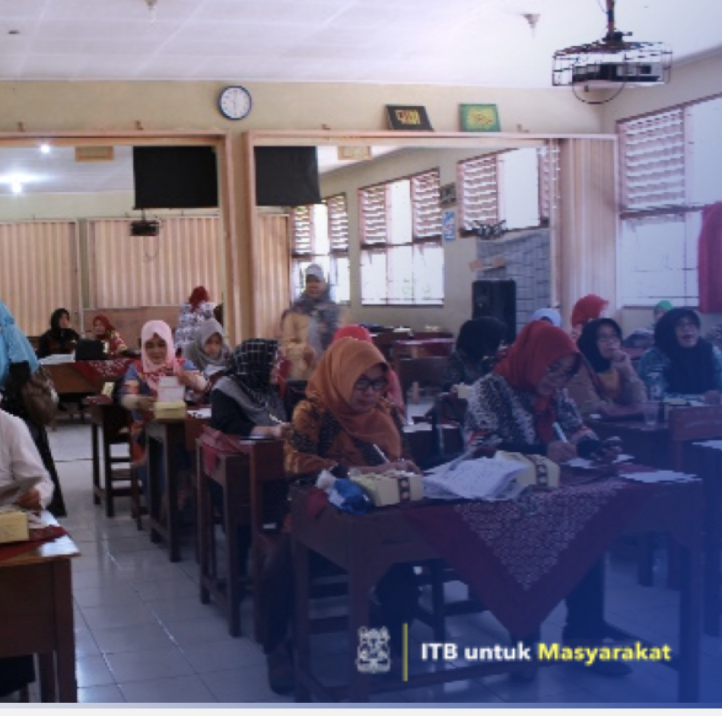

Agung Wahyu Setiawan
Biomedical engineering education aims to foster the students’ ability to translate concepts in biology and medicine into real-world system prototypes, enabling the measurement, analysis, and modification of relevant biomedical parameters. Such purpose often requires an integrative hands-on experiential learning, especially at the undergraduate level, where the fundamental courses on life sciences and engineering are traditionally independent of each other. With this independent nature, students tend to face difficulties in integrating physiological concepts received from different courses and applying specific engineering methodology to design and build practical systems based on the respective concepts. We consider developing such insights is a critical part of biomedical engineering education. Hence, we design a two-fold integrated learning experience in our medical instrumentation and signal processing track. The above course design were pilot-implemented to the class of third-year students of the 2017/2018 academic year. The pilot class consists of approximately 30 students, each of whom follow each course completely for the consecutive 15 weeks.
Penerapan Karya Tulis
Biomedical engineering education aims to foster the students’ ability to translate concepts in biology and medicine into real-world system prototypes, enabling the measurement, analysis, and modification of relevant biomedical parameters.